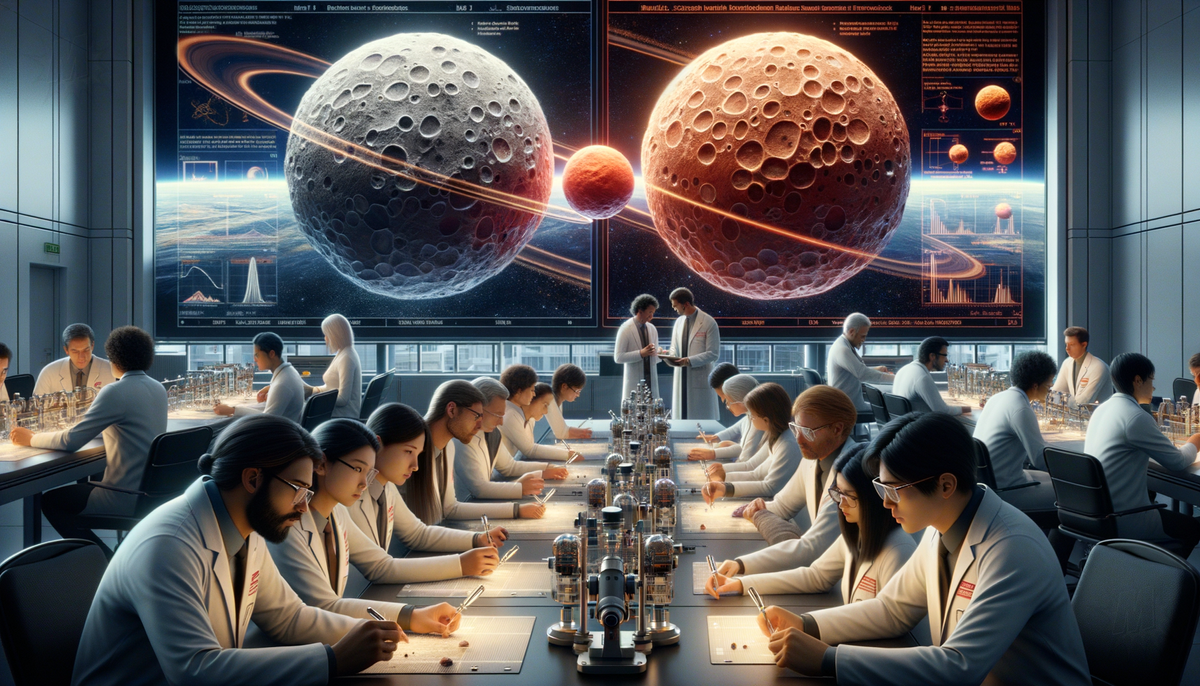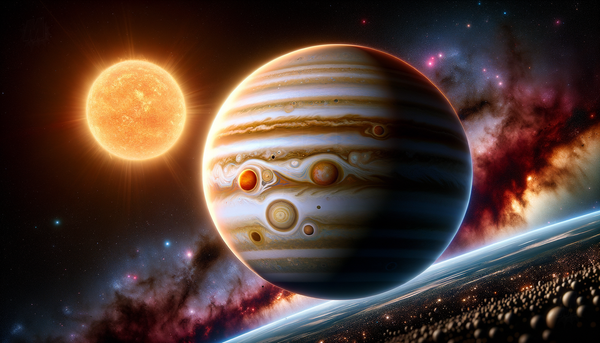Martian Meteorites Reveal Ancient Secrets of the Red Planet

Astronomers from Université Paris Cité in France have proposed a new theory regarding the origin of Mars' moons, Phobos and Deimos. They suggest that the moons may have been part of a binary comet that split after being captured by Mars' gravitational field. However, this theory faces challenges as the moons' orbits and physical similarities to D-type asteroids with carbonaceous surfaces do not fully align with this hypothesis. Researchers, including Sonia Fornasier, believe another theory might better fit the observations. The upcoming Martian Moons eXploration mission (MMX) by the Japanese space agency JAXA in 2026 could provide further insights.
Separately, scientists from the Scripps Institution of Oceanography at UC San Diego have conducted a study on Martian meteorites, uncovering detailed information about Mars' mantle and crust structure. The research, published in Science Advances, utilized meteorites that originated from a Martian volcano and were ejected around 1.3 billion years ago. These meteorites, collected from Antarctica and Africa, exhibit unique chemical characteristics that helped identify their origin. The study revealed that Mars has an upper crust altered by atmospheric interactions, a complex deeper crust, and mantle plumes reaching the base of the crust. These findings are significant for understanding Mars' formation and evolution and could assist NASA missions such as InSight, Perseverance, and the upcoming Mars Sample Return mission.




